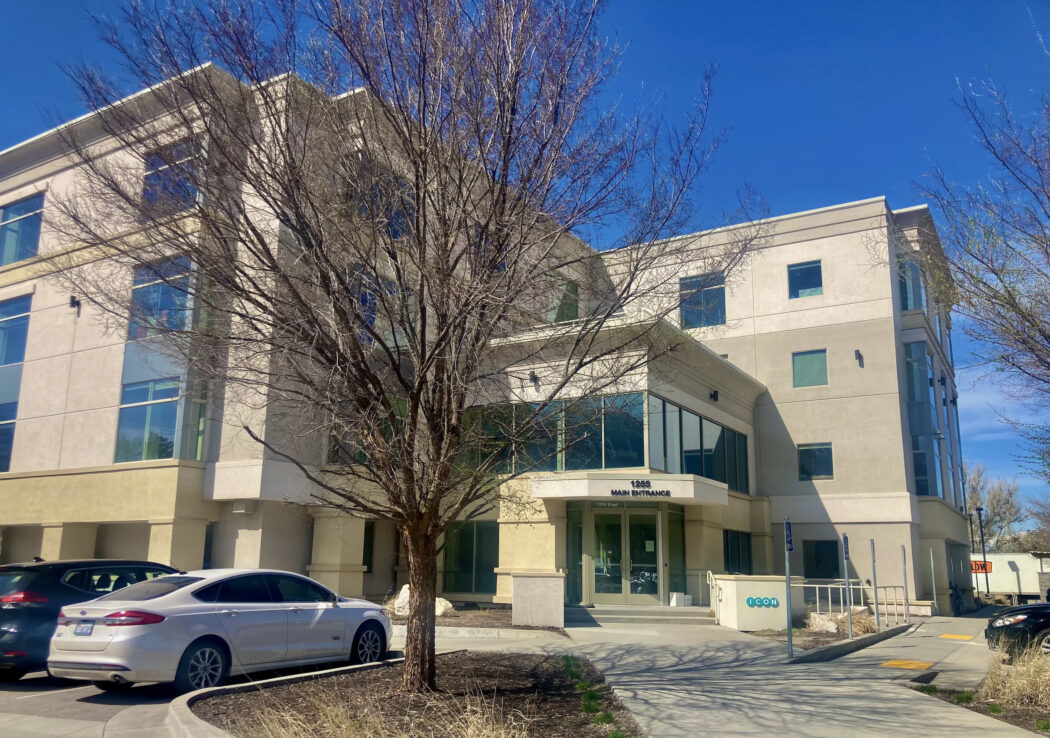Lifeblood: students turn to plasma sales to meet rising costs of higher education
Six beds lined one wall of a medical bay in Salt Lake City, each one filled with a young man waiting to get his blood drawn after taking an experimental medication. In an adjacent hallway, six young women did the same. None of them were ill, but they had all chosen to be test subjects in return for financial compensation.
Many students at Utah State University work full time and take out loans, and often have to find other ways to make money on top of that to pay for college, as tuition and cost of living has been on the rise in the U.S. for decades.
On March 6, USU President Elizabeth Cantwell announced starting fall semester of 2024, tuition will be raised by 3.4% across all campuses.
Scarlett Kluge, a sophomore, believes tuition is “incredibly overpriced.”
“We live in a capitalist economy, and our educational institutions reflect that,” Kluge said. “I do believe universities should have tuition rates compatible with the quality of their education. I don’t believe that’s currently the case.”
Kluge relies on various sources of income to fund her education. Despite receiving scholarship money, she has taken out approximately $5,000 in loans, works 40 hours a week and often donates plasma to pay her bills.
“I go more or less often depending on the current state of my health,” Kluge said.
In the past, she has donated plasma twice a week for a month, the maximum amount that can be donated within that time frame.
Compensation amounts for plasma often vary due to occasional special offers and differing rates for new versus returning donors. On average, the Grifols Biomat in Logan compensates up to $900 for max monthly donations.
Heather Grant, a junior, has worked at least part-time since her first year. She has also spent a significant amount of time inside plasma centers.
“I donated the max amount I could during my third semester,” Grant said. “It got to the point where I would pass out while at work later in the day, but I needed the money.”
Other students have turned to participating in clinical trials to afford attending college. These are studies that test new treatments or drugs on volunteers, often conducted by pharmaceutical or research institutions.
ICON is a pharmaceutical company that has research centers worldwide for testing new drugs and treatments, including one in Salt Lake City. According to their website, “ICON manages an average of 150 studies per year around the world at our various clinical research sites.”
They offer financial compensation for study group volunteers, drawing in many young adults trying to make ends meet. Compensation can be anywhere from $2,000 to $20,000, depending on the duration of the study, which can range from a few days to a few months.
Several USU students have volunteered at ICON to help make more money. Gabriel Larson, a junior, works 25 hours a week and has participated in five different clinical trials at ICON.
“I try to take part in a study before every semester,” Larson said. “It’s difficult to fit it in between school and work, but it’s almost impossible to get into a study during the summer because that’s when everyone else is trying to get in.”
Grant recently discovered clinical trials after quitting plasma donation and is currently participating in a nine day study at ICON despite the semester starting to wrap up.
“I’m having to work on final projects and do a lot of studying while here,” Grant said.
Despite this, Grant sees it as the best option to avoid going into debt or having to take semesters off to work, which is what she’s done to pay for school in the past.
Nate Jefferies, a first-year student, recently attended a medical screening to participate in a medical trial at ICON.
“I honestly wouldn’t choose to do it if college wasn’t so expensive,” Jefferies said. “I work between 30 and 36 hours a week and still barely make enough to take care of all my expenses.”
According to USU, the average yearly cost of attendance without financial aid is $22,920 for Utah residents and $38,494 for nonresidents.
“Honestly, the cost of living as a college student might end up being the reason I drop out,” Jefferies said.
According to Grant, many things need to change in order to make higher education less expensive and therefore more accessible and worth it to young adults.
“We need to revolutionize financial aid programs for college students,” Grant said.
Kluge agrees. “I qualify for almost nothing despite my parents not helping me pay for school,” Kluge said about the Free Application for Federal Student Aid. “If a student is fully supporting themselves, I think it should be easier for them to disconnect themselves from their parents on FAFSA.”
According to studentaid.gov, Federal Student Aid is the largest provider of financial aid for college in the U.S.
“FAFSA expects parents to help out when they aren’t legally required to, so family’s income shouldn’t be the determining factor for whether or not a student receives financial aid,” Jefferies said.
This would reduce the financial burden on students and make it less likely they would have to participate in clinical trials to pay for school.
“Universities are supposed to be higher education institutions, but right now they just feel like money-making institutions,” Jefferies said. “I don’t want to rely on essentially selling my body just to get a degree.”

